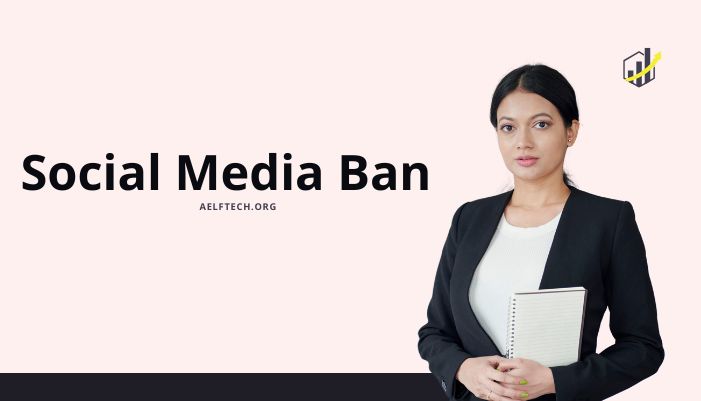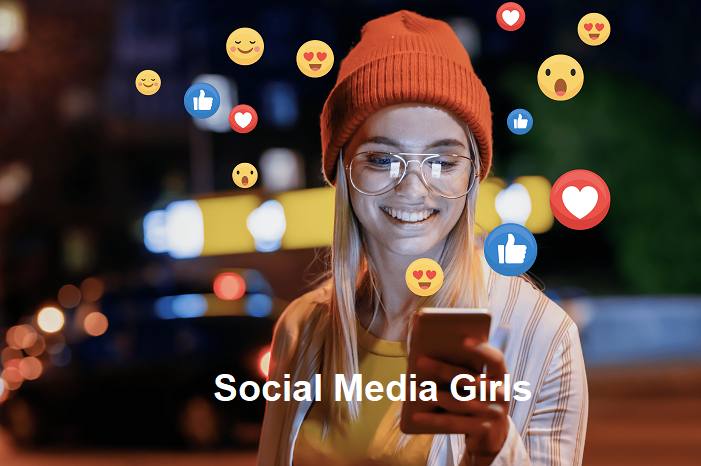Imagine waking up and finding that you can’t check your favorite social media apps. No more Twitter, Instagram, or Facebook. Sounds extreme, right? But in many places, this is becoming a reality.
Governments are blocking platforms like Facebook, Instagram, and TikTok. They say it’s for national security, stopping fake news, or keeping people safe online. Some think these bans are necessary, while others believe they limit free speech. What does a social media ban really mean? Let’s explore.
Contents
- 1 Why Are Governments Banning Social Media?
- 2 The Effects of a Social Media Ban
- 3 Real-Life Examples of Social Media Bans
- 4 What’s Next for Social Media Bans?
- 5 Final Thoughts
- 6 FAQs About Social Media Bans
- 6.1 1. Why do countries ban social media?
- 6.2 2. How do people get around social media bans?
- 6.3 3. Do social media bans stop misinformation?
- 6.4 4. How do bans affect businesses?
- 6.5 5. Do social media bans limit free speech?
- 6.6 6. What are some alternatives to banning social media?
- 6.7 7. Which countries have banned social media in the past?
- 6.8 8. Can a social media ban be temporary?
- 6.9 9. How do social media bans affect education?
- 6.10 10. Can businesses survive without social media?
Why Are Governments Banning Social Media?
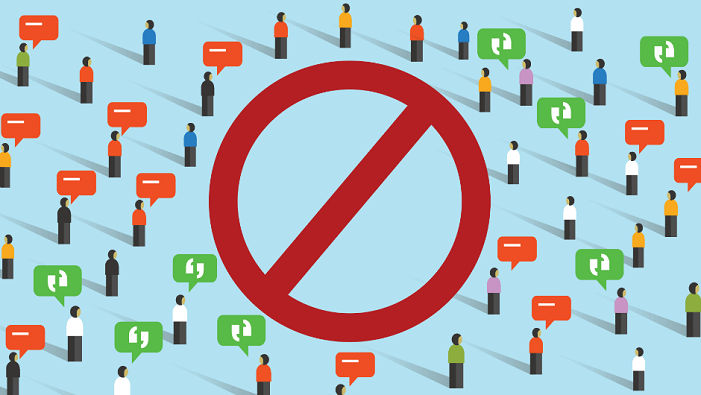
1. National Security Concerns
Some governments say social media can be a threat to security. Here’s why:
- Spreading Unrest: Social media can spread false news and cause protests.
- Terrorism Risks: Some groups use these sites to recruit people.
- Cyber Attacks: Hackers can steal important data.
2. Stopping Misinformation & Fake News
Social media spreads news fast. But not all of it is true. Some governments block platforms to stop fake news from affecting elections or public opinion. But does banning social media really stop misinformation?
3. Protecting People’s Safety & Mental Health
Social media can be harmful, especially for young people. Common concerns include:
- Cyberbullying: Online harassment can cause serious harm.
- Addiction: Many people spend too much time on social media.
- Dangerous Trends: Some viral challenges can be risky.
The Effects of a Social Media Ban
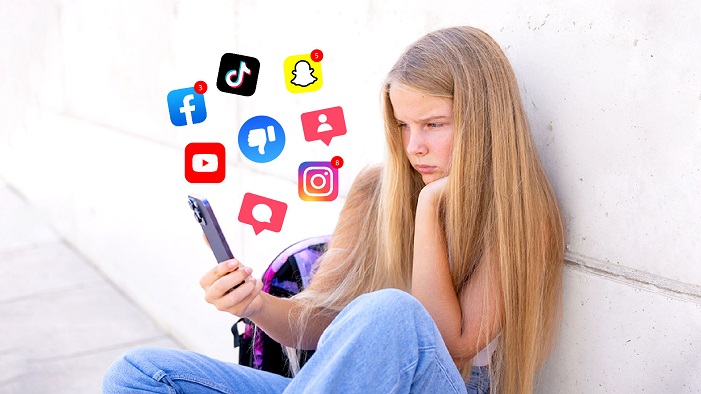
1. Freedom of Speech & Censorship
People use social media to share ideas, news, and opinions. A ban can silence voices and block important information.
2. Economic Impact
Many businesses rely on social media. A ban can lead to:
- Lost Sales: Small businesses may struggle without online ads.
- Job Losses: Influencers and marketers depend on social media.
- Less Customer Interaction: Companies can’t connect easily with buyers.
3. People Find Ways Around the Ban
People don’t just stop using social media because of a ban. Instead, they find other ways:
- Using VPNs: These tools help users access blocked websites.
- Switching Platforms: People move to apps that aren’t banned.
- Encrypted Chats: Private messaging apps become more popular.
Real-Life Examples of Social Media Bans
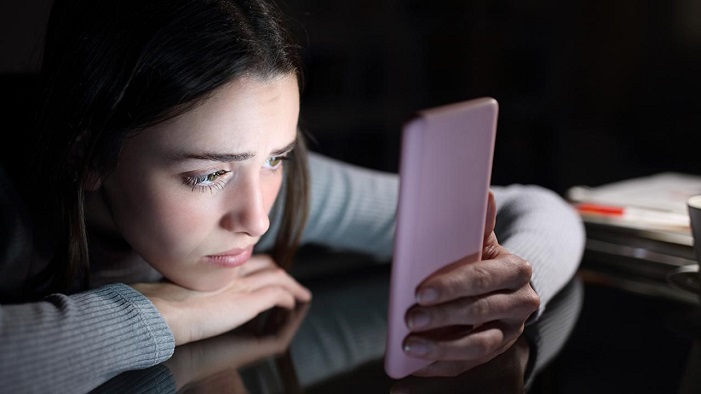
China: The Great Firewall
China blocks Facebook, Instagram, and YouTube. Instead, people use local apps like WeChat and Weibo. This helps the government control information but limits free speech.
India’s TikTok Ban
In 2020, India banned TikTok and other apps over security concerns. Many TikTok influencers lost their income overnight.
Russia’s Social Media Controls
Russia limits social media, especially during protests. The government controls what people can see online.
What’s Next for Social Media Bans?
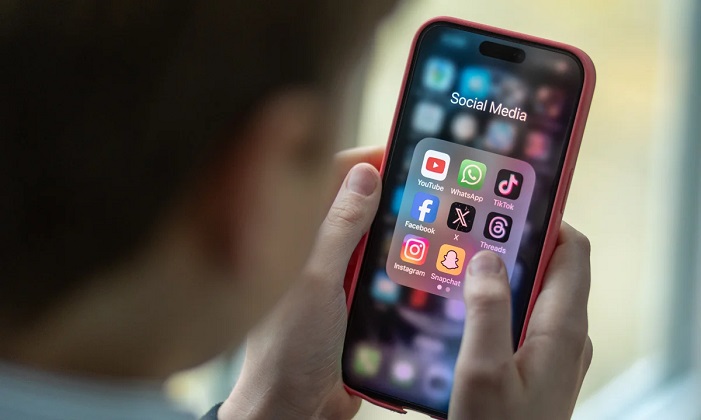
Will these bans continue, or will they backfire? Possible futures include:
- Stronger Regulations Instead of Bans: Governments may set rules instead of blocking platforms.
- New Social Media Platforms: People might switch to decentralized or less controlled apps.
- Better VPNs & Privacy Tools: As long as people want access, they’ll find ways around bans.
History shows that banning social media doesn’t stop people from finding other ways to connect.
Final Thoughts
Social media bans may seem like a solution, but they have downsides. They limit free speech, hurt businesses, and people often find ways around them. Instead of bans, better rules and online education might be more effective.
What do you think? Should governments ban social media, or should people have the freedom to choose? Share your thoughts!
FAQs About Social Media Bans
Governments ban social media for national security, stopping fake news, and protecting people online.
People use VPNs, proxies, or switch to different platforms.
Not always. Bans may push people to private chats where false news can spread more easily.
4. How do bans affect businesses?
Businesses lose money, jobs disappear, and companies struggle to connect with customers.
Many say yes, as they stop people from sharing opinions and getting information.
Instead of bans, governments can implement stricter content moderation, promote digital literacy, and enforce transparency from social media companies.
Countries like China, North Korea, Iran, and Russia have strict social media bans or controls.
Yes, some bans are imposed during elections, protests, or national crises and are later lifted.
Many students rely on social media for learning resources and collaboration. A ban can limit access to useful educational tools.
While some businesses can adapt through email marketing and websites, others, especially small businesses, may struggle without social media exposure.

